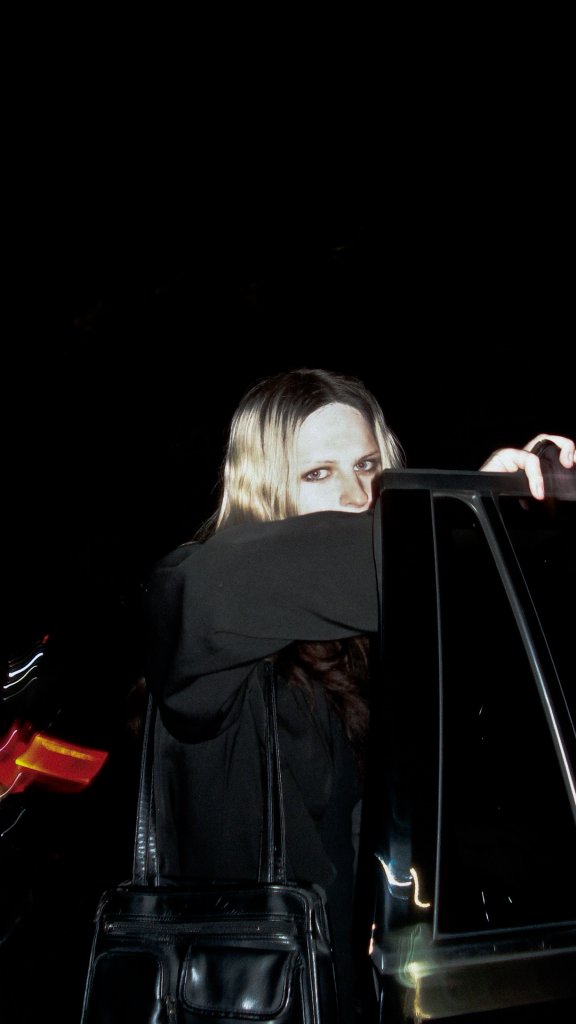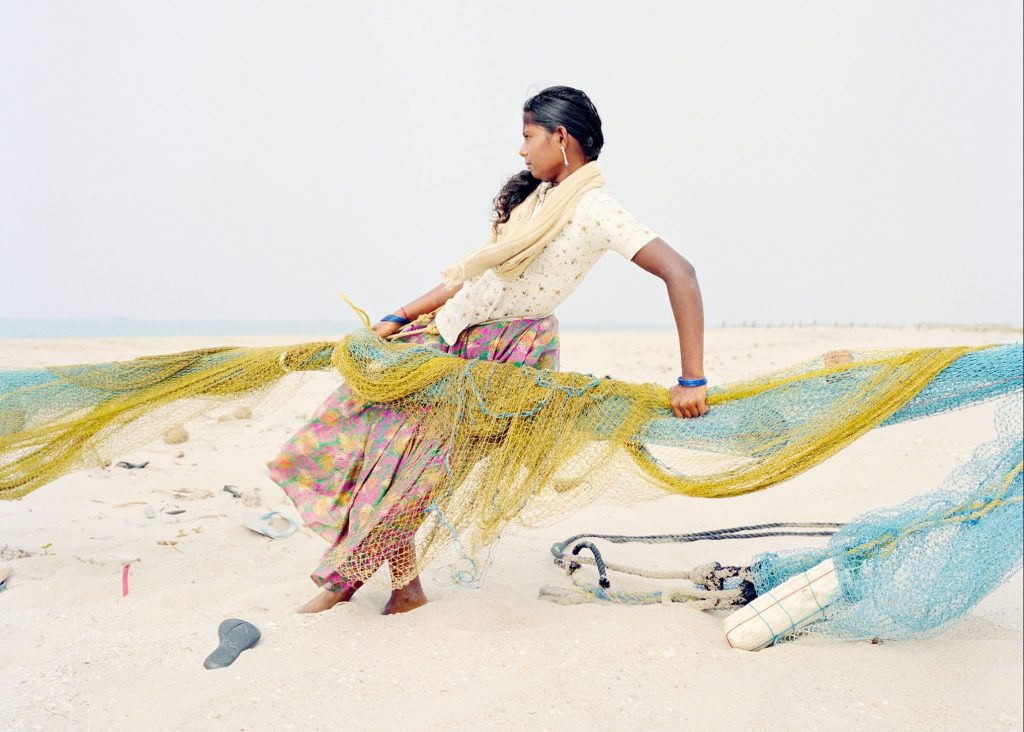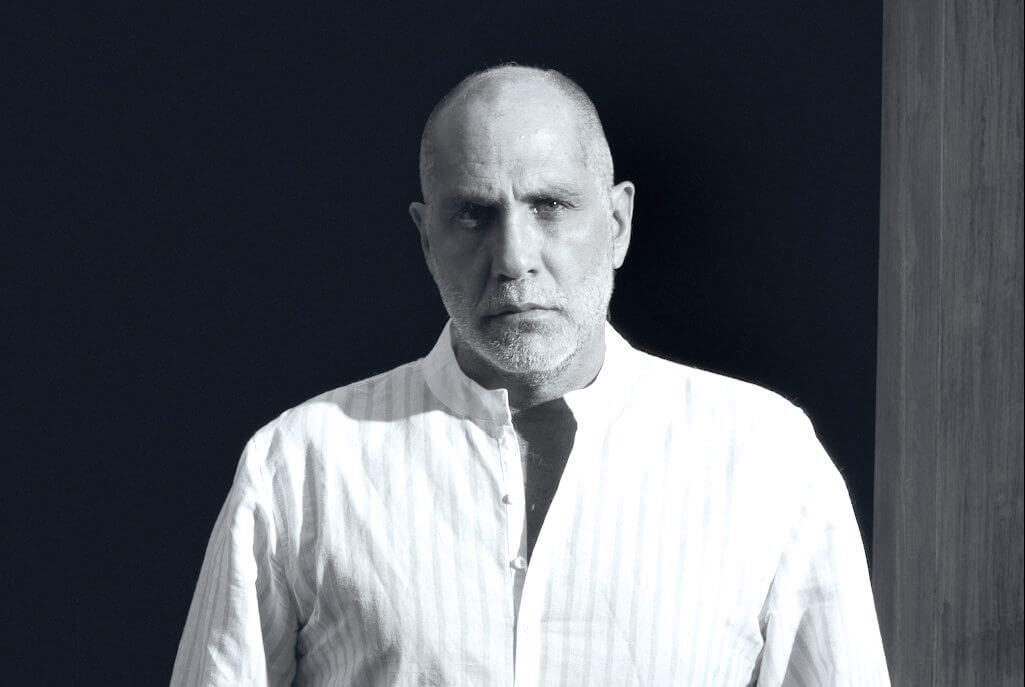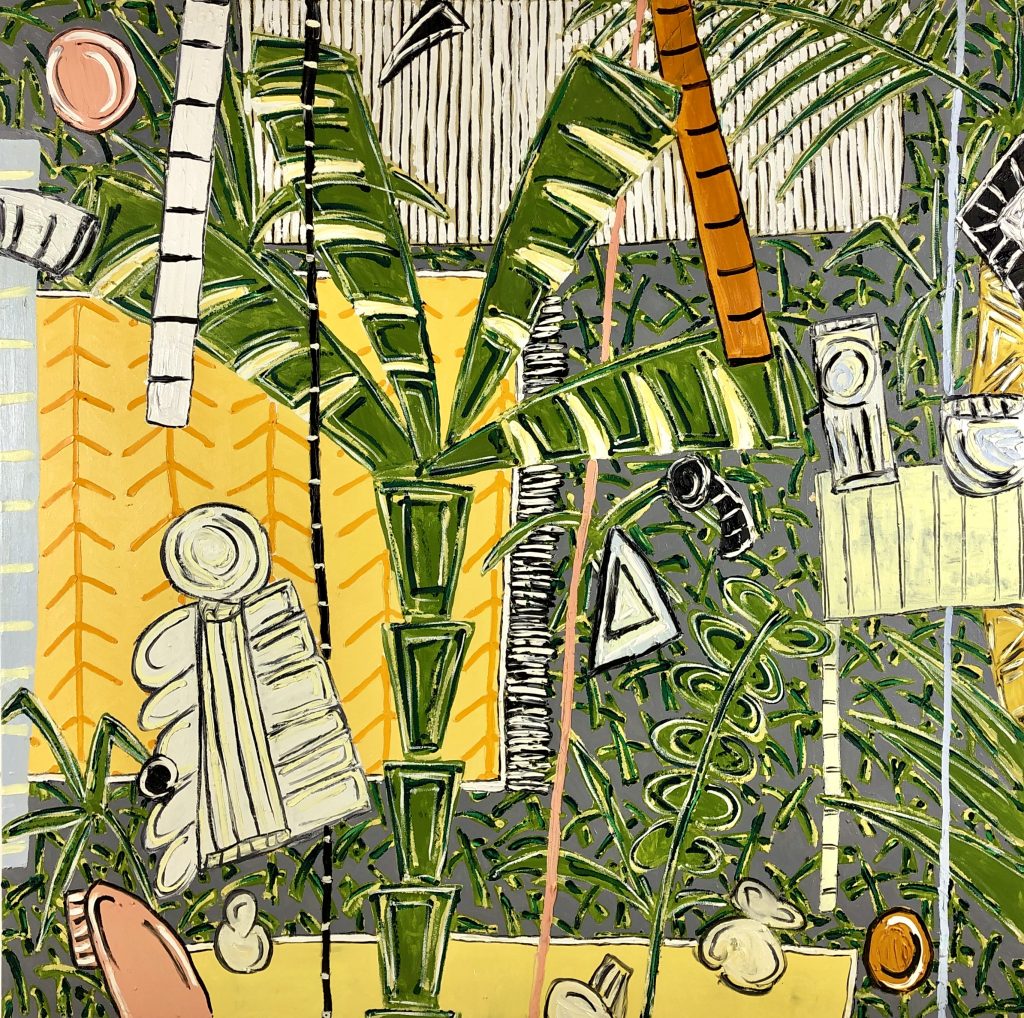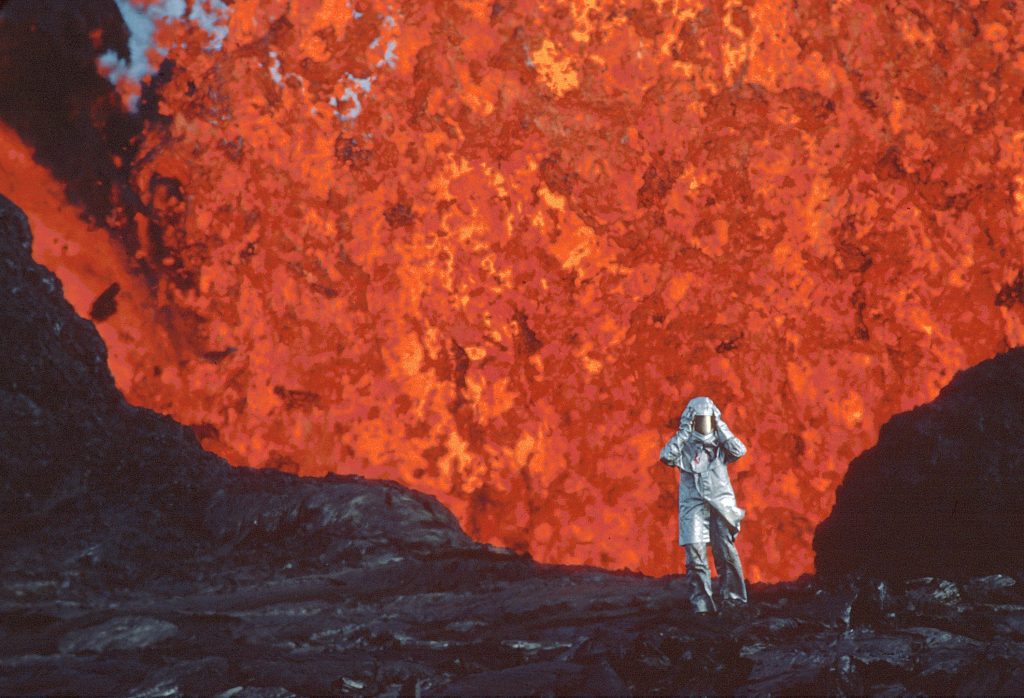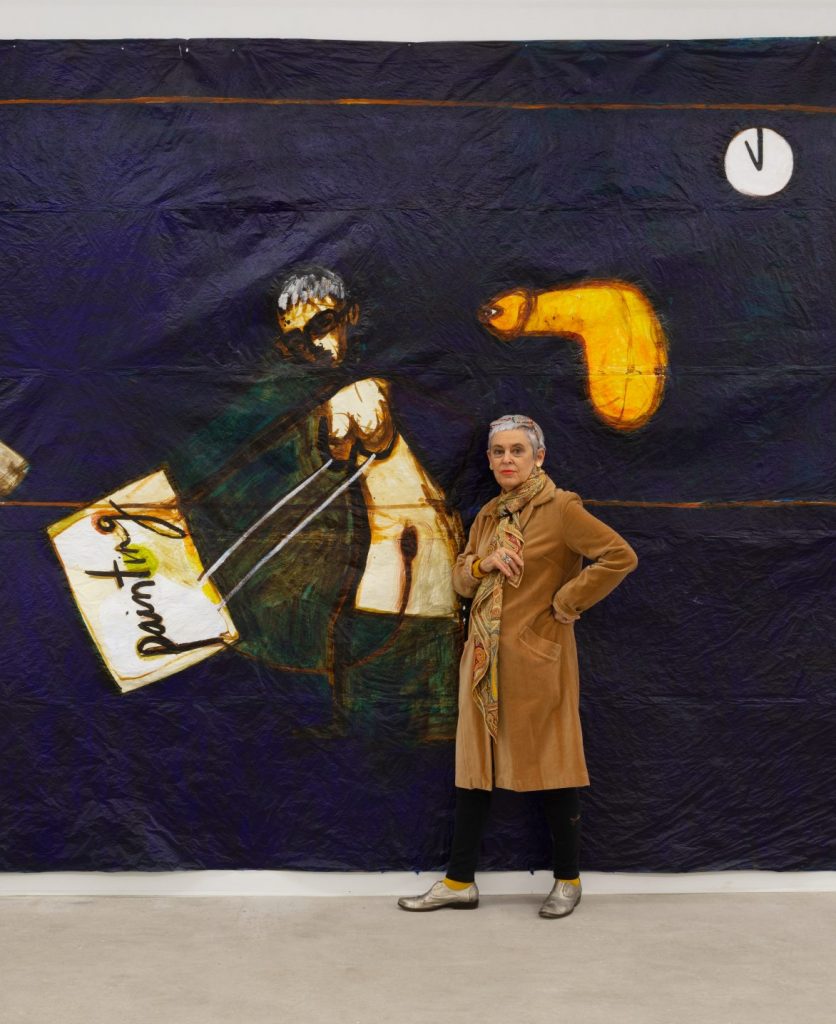Research In Progress: A Q&A with Karen Knorr

Born in Frankfurt, Karen Knorr (currently a Professor of Photography at the University for the Creative Arts in Farnham, Surrey, UK) was raised in San Juan, Puerto Rico and then pursued her education in the United States, the UK, and across Europe, cultivating a dual perspective that would underscore her work. Having started her own “movement,” Knorr’s geographical moves were not only crucial in developing her artistic and personal sensibilities, but also her ideological and political views.
Her works addressed and commentated on the baneful effects of societies that sought to deprive one’s freedom to “move” freely. Her first series Belgravia (1979 -1981) are black and white photographs that alarmingly capture the humor and malcontent of living in the Thatcher era. In 2008, a life-changing journey to Rajasthan, India, examined the plight of Raiput and Mughal heritages. She has used her practice to challenge the traditions of discarding female subjectivity via the state of animality (the culture of animals). These ideas are widely suffused through her series India Song. In 2018 she received an Honorary Fellowship with the Royal Photographic Society.
FRONTRUNNER is pleased to present a one-on-one with Knorr.
As a student at the University of Westminster in the 1970’s, your works addressed cultural divides and debates caused by the emerging ‘politics of representation’ practices of that time. Were you directly inspired because of your own background (born in Germany, raised in Puerto Rico, educated in Paris and London), or was it an organic process?
It was an eventual process created by the education I had received in the US, Puerto Rico and Europe. When I arrived to London from Paris in July 1976, it was a heatwave one of the hottest days since records began and I enrolled at The Harrow Institute of Art and Design in a part-time course called Professional Photography. The course allowed you to engage with commercial photography studio practice, and I was there to consider photography as a social phenomenon, not just an expressive and creative medium. We also had contextual study lectures situating photography as a tool of advocacy and social change. Lecturers such as Professor Rosie Thomas considered the psychology of perception and the nature of vision itself as highly complex. The object of photography was not just self-expressive and creative, although it could be that, too
The England I arrived in was divided socially and by class. You could see it in neighborhoods where social housing stood next to comfortable terraced housing. You learned its presence by the upper middle class diction [Oxbridge] favoured by the privately educated, and of course it was a country ruled by a constitutional monarch. I was from a privileged background: my father was a successful American international businessman who purchased an apartment in Knightsbridge. I lived in another part of London with student friends in West Hampstead. My early work, which engaged with class – specifically [regarding] Belgravia and Punks (a work coauthored with Olivier Richon) – was a product of the academic debates of the time, which considered politics in terms of representation. That is how an image was constructed and contextualized.
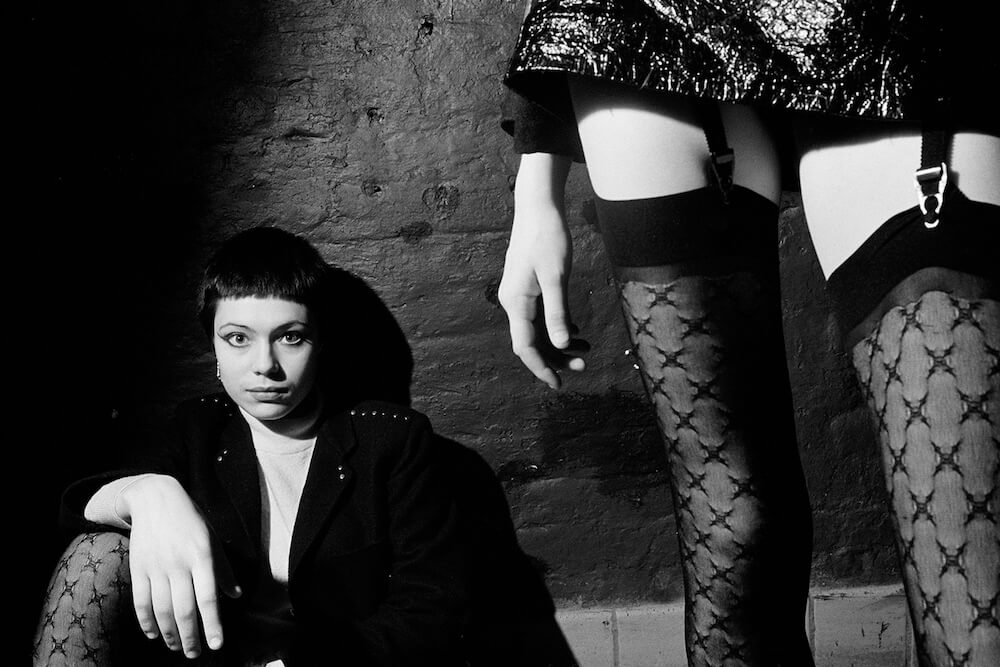
Punks (1977)
Black and white silver bromide prints
18 x 28 cm
Image courtesy of the artists
All rights reserved
Cultural studies, Semiotics, [fundamentally defined as] the science of signs, and Post-Structuralism were part of the curriculum at the University of Westminster that I entered in 1977. I graduated in 1980 and had my first solo show [that year] in Paris with the Belgravia series as an undergraduate student. My ideological and artistic perspective was already established. I was an internationalist, and I became multi-lingual, speaking German, English, and French. As I have grown, this worldview and label still overwhelmingly applies, as I continue to advocate and favour the richness of an open and multicultural society
In your post as Professor of Photography at the University for the Creative Arts in Farnham, what would you say guides your teaching methodology in a field subject to volatile pedagogical perspectives?
What guides my teaching is a heuristic approach, giving students the guidance with which to develop their own photographic practice. I am a guide and they also teach me. These days, I teach postgraduates, mainly part-time. I teach 15 days and dedicate the rest to developing new projects and [international] exhibitions in collaboration with the galleries that represent me; intent on bringing these experiences back to the classroom to share their validity and practical importance with my students.
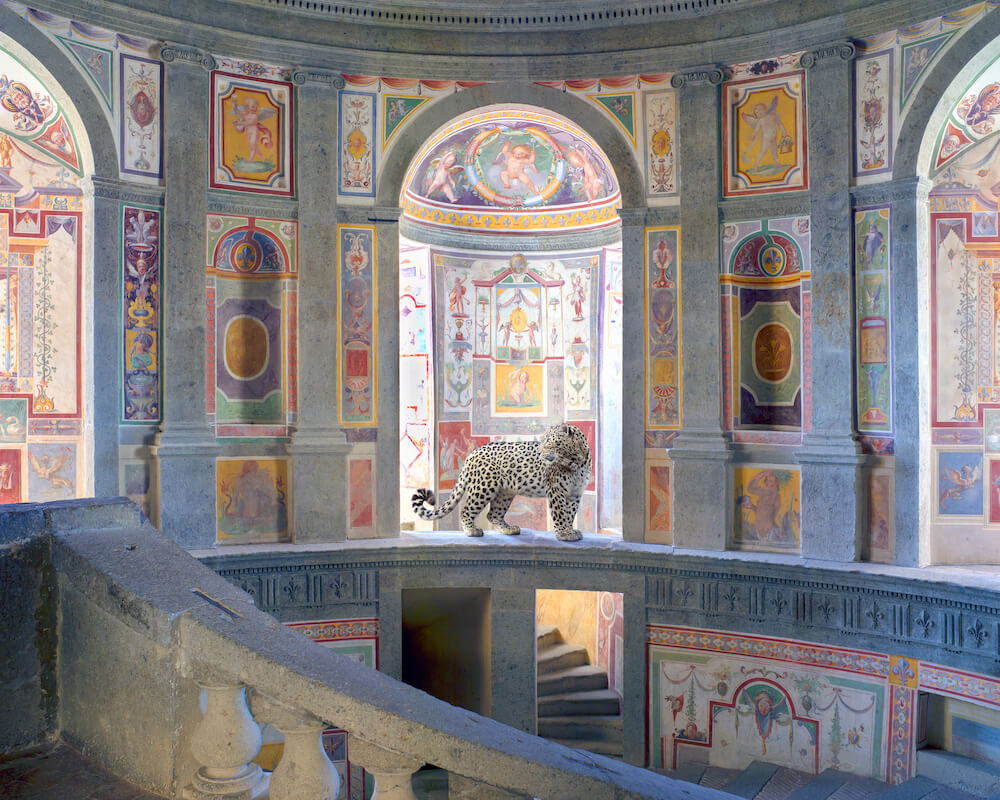
Winds of Change, Villa Farnese, Caprarola (2014)
Hahnemühle Fine Art Pearl paper
Edition of 5 + 2AP
Image courtesy of the artist and Danziger Gallery, New York
All rights reserved
I am currently revisiting Berenice Abbott’s Roadtrip US1, made over two years in the 1950’s. It is a collaborative project with Anna Fox, a photographer based in the UK. This work is evolving slowly, and we continue this year starting in Washington, D.C. As road-trip projects have been predominantly male, we are highlighting the work of Berenice Abbott in this genre and bringing a new feminist perspective to it in the age of Trump and climate change.
Speaking of perspective, your images emphasize duality: the interplay between abstract and the concrete, depth and spatiality. How do you balance the nuances of merging the fantastic with the real?
I am not sure about balance, but there is a sense of structured play and magical realism in my recent work in India and the United Arab Emirates. The work is meticulously put together on a computer using Photoshop – it is a form with photographs taken and carefully crafted by me.
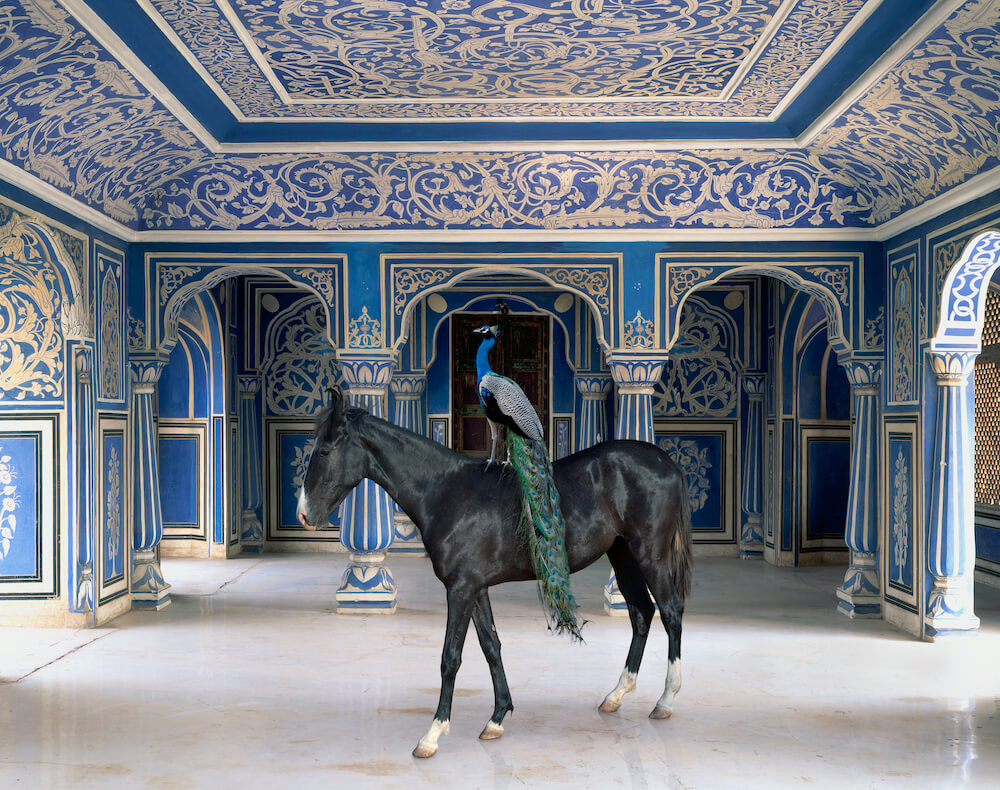
Sikander’s Entrance, Chandra Mahal, Jaipur City Palace, Jaipur
From the India Song series (2008-2017)
Colour Ink Jet Hahnemühle Fine Art Paper
Edition of 5 + 2 AP
Image courtesy of the artist
All rights reserved
How do you go about communicating to your students do what you think the importance of creating and looking at art within a global context?
I set an example as learning through my practice and conducting the background research necessary to inform it. I see my work as “research in progress.” The photography I make is an ongoing learning process, born as the product of an inquiring mind. Inquiry and critical engagement is the essence of innovation not just in the arts and photography, but also [in] the sciences. I try to encourage and guide my students to be open and inquiring, experimental in their work.

Analysis of Beauty (from Connoisseurs), 1989
Printed on super Glossy Ilfochrome (Cibachrome) mounted on aluminium, framed with brass plaque
Edition of 5 + 2 AP
Image courtesy of the artist
All rights reserved
What has been most influential in shaping and redefining you, the artist, and how do you bring these influences to light in the classroom?
The multicultural education that I had the privilege [of having] from kindergarten to postgraduate studies in England has opened my mind and nourished my practice. Studying in Paris and London changed my life, and working in a global perspective continues to educate my practice. I bring these perspectives to light in the classroom through seminars, tutorials, and lectures that highlight the diverse community of photography worldwide, displacing the hegemonic and Eurocentric vision of the past. I am an advocate for diversity and women. As a result, I am involved in several photography societies whose chief objective is the same; namely, The Royal Photographic Society for Photography founded by Queen Victoria and Prince Albert over 100 years ago. Further, as an Honorary Fellow of the Royal Photographic Society, my remit is to modernize and inspire young people of all backgrounds to engage with photography.
This interview with Karen Knorr will appear in FRONTRUNNER’s Winter edition, coming out in January 2020.

